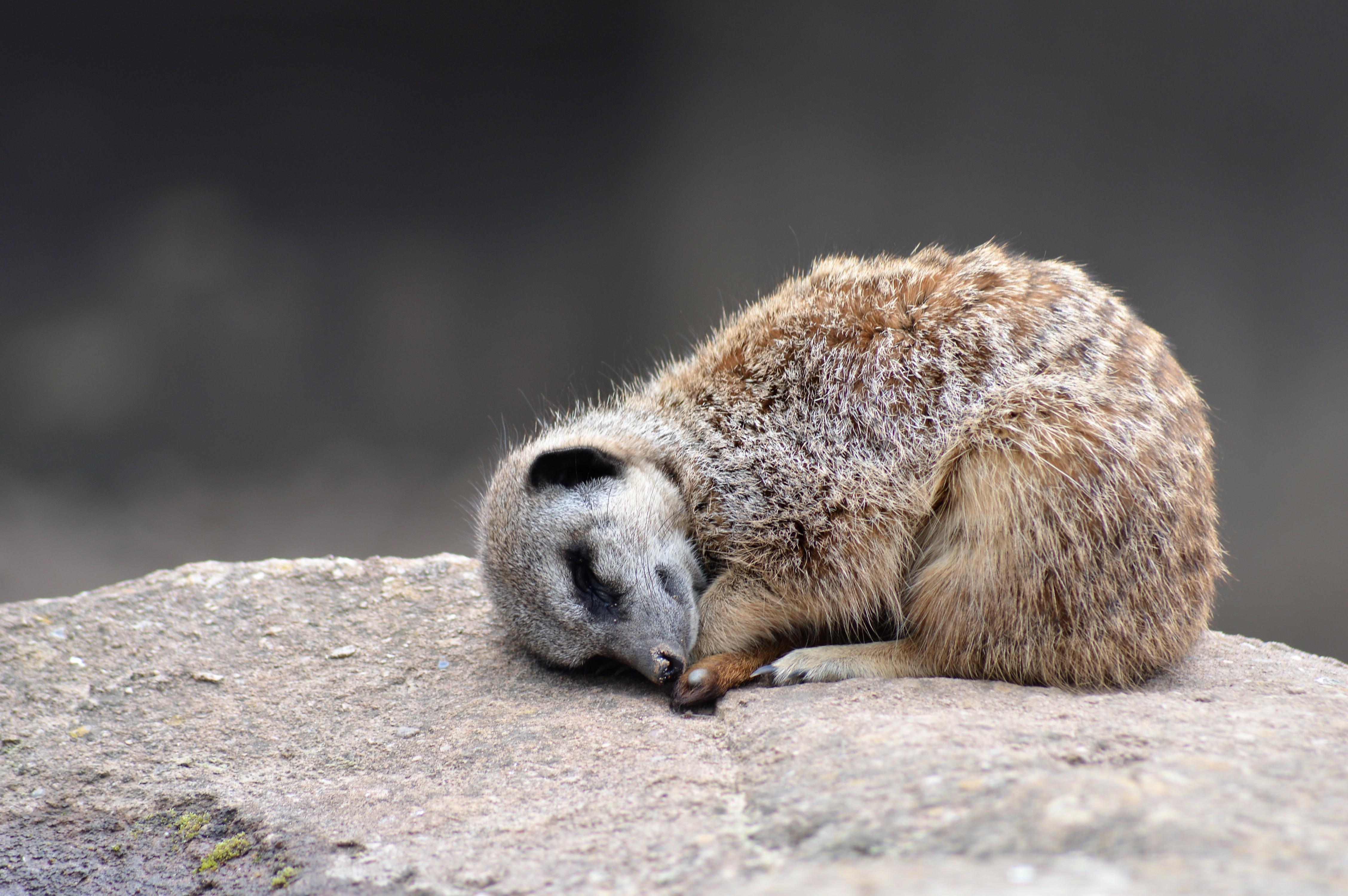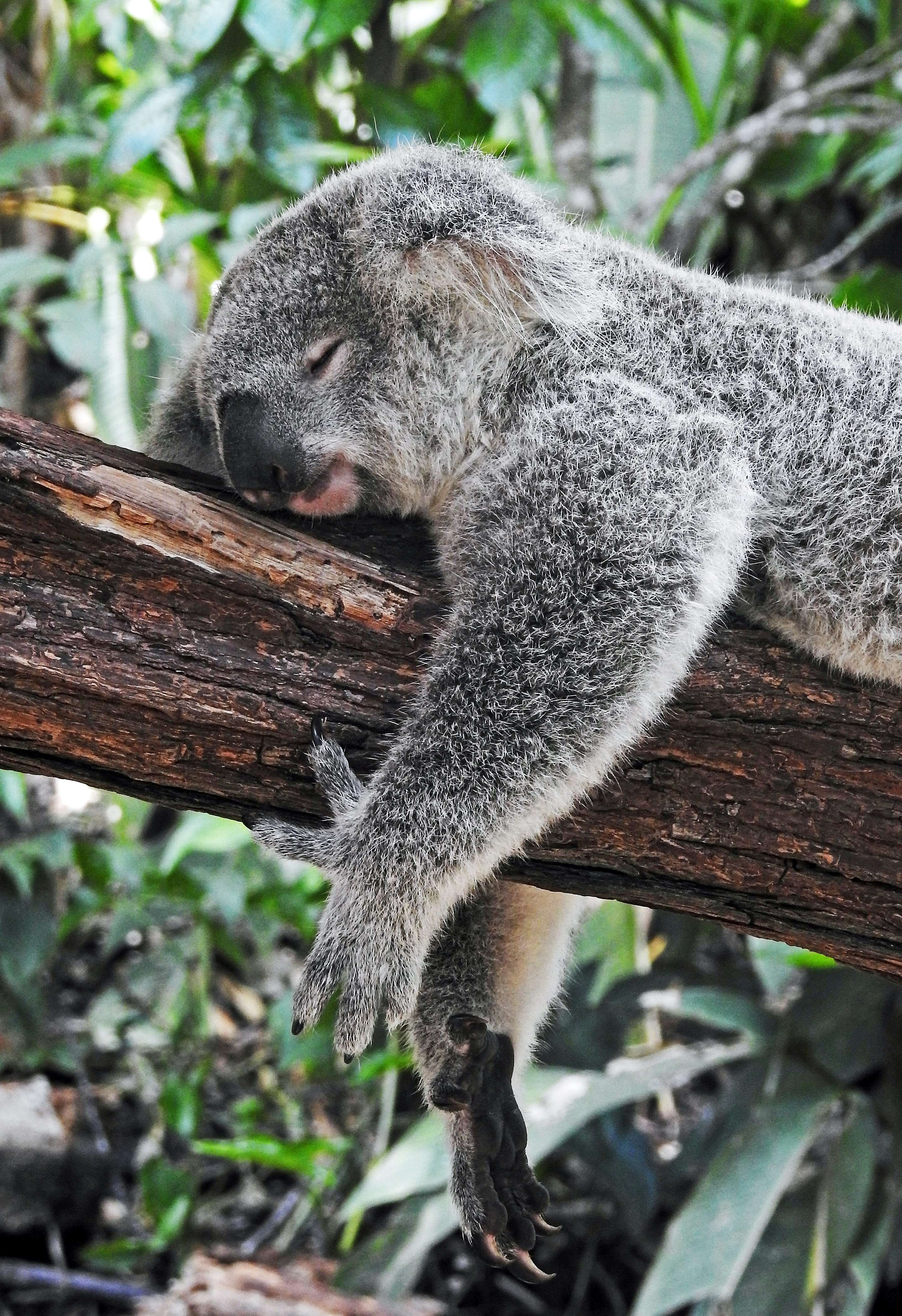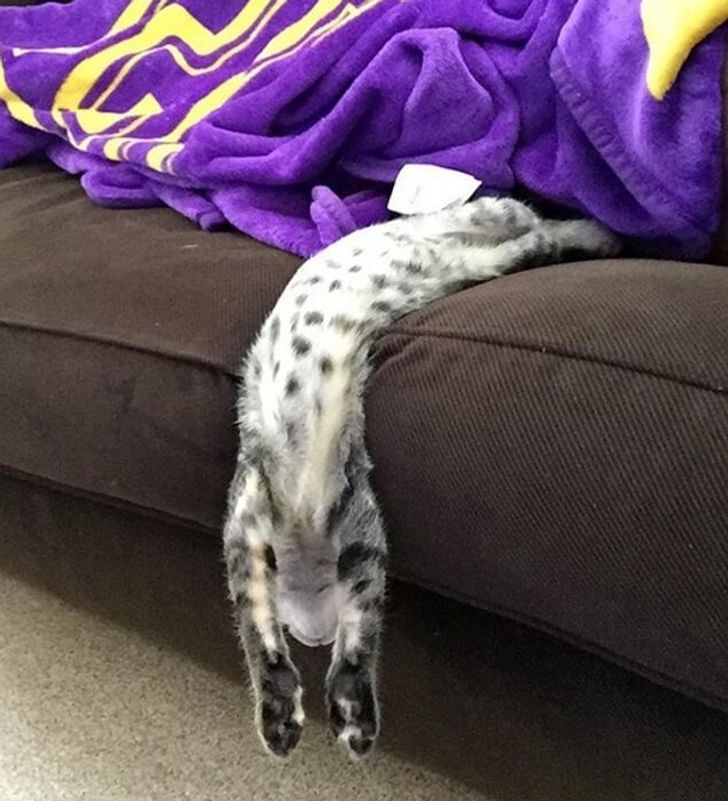Unveiling Animal Sleep Secrets: A Creature's Guide!
Have you ever wondered what happens when the sun dips below the horizon and the world settles into a slumber? The animal kingdom offers a breathtaking diversity of sleep behaviors, revealing how creatures big and small find their rest.
Most of us, when we think about sleep, picture ourselves tucked into bed, the world fading away as we drift off until morning. But the reality of sleep is far more complex and fascinating when you consider the animal world. While humans generally experience a single, extended period of sleep, the animal kingdom presents a spectrum of sleep patterns. Some animals, like the humble ant, engage in numerous short naps throughout the day. Other creatures, such as dolphins, can even sleep with one half of their brain while the other remains alert, a remarkable adaptation for survival.
The study of animal sleep has a rich history, going back to the early 1900s when researchers first identified slow brain waves in sleeping humans. This discovery opened the door to a deeper understanding of the sleep process, and scientists soon began to look for similar patterns in other creatures. By monitoring brain activity, researchers could determine when an animal was truly asleep, even if their outward appearance suggested otherwise. Scientists detected similar patterns in captive animals like mice and pigeons, revealing that nearly all studied animals exhibit phases of unresponsiveness to their environment, suggesting a universal need for rest.
- Discover Grove Hall Boston History Homes Community Guide
- Sarah Hylands Iconic Looks Dresses Style Insights
The "New York Times" crossword, a daily feature since 1942, has tested the minds of puzzle enthusiasts with its clever clues and challenging themes. On Friday, November 22, 2024, the crossword, crafted by Sarah Sinclair & Rafael Musa, presented another opportunity for solvers to engage their intellect and wit. The puzzles range in size from 15x15 grids on weekdays to larger 21x21 grids on Sundays, offering a varying level of difficulty to suit the solver's experience. Here are the answers for November 22, 2024.
| Clue | Answer |
|---|---|
| CLUE 1 | ANSWER 1 |
| CLUE 2 | ANSWER 2 |
| CLUE 3 | ANSWER 3 |
| CLUE 4 | ANSWER 4 |
| CLUE 5 | ANSWER 5 |
The quest to understand how animals sleep has taken researchers far and wide, prompting them to observe a range of creatures in their natural habitats and in controlled laboratory settings. One key aspect of this research involves identifying the definitive indicators of sleep. While outward appearances can be deceptive, the change in brain wave patterns is the most crucial factor. Animals, like humans, exhibit distinct shifts in brain activity when they are asleep. The study of brain waves has become crucial to understanding different stages of sleep.
The environments in which animals live also greatly influence their sleeping habits. The noisy and crowded penguin colonies are a testament to this. Living in such extreme conditions require animals to adapt and adjust how they rest. Libourel speculated that their sleep patterns reflect the extreme conditions where they doze. Some animals, especially those living in perilous environments, need to be able to quickly respond to threats. For such creatures, long periods of deep sleep would be a major disadvantage.
- Melody Dixons Case Crime Scene Sentencing Amp Michael Dixons Murder News
- The Thinning Movies Like It Where To Stream Unveiled
Many animals have developed unique ways to navigate the challenges of sleep. Some animals sleep while they're standing up or moving. Dolphins, for instance, can sleep with one half of their brain while the other half remains active. This allows them to continue swimming and surfacing for air, even while resting. A similar ability has been observed in certain birds, like the albatross, which can fly for long periods while sleeping. Similarly, many marine mammals have the ability to shut down one side of their brain at a time.
The need for sleep, when thwarted, can also be determined by studying sleep patterns. The jellyfish is one example of animals that must show an increased need for sleep if they are kept from it. Researchers have used methods such as pulsing water through the jellyfish's tank every 20 minutes at night to prevent the creatures from sleeping. Then, they observed the effects. These studies have demonstrated the fundamental importance of sleep for all living things.
The duration of sleep varies significantly across different species. Some animals spend significantly more time asleep than humans do. Bats, for example, might sleep for up to 20 hours a day. The opposite is true for other creatures, such as elephants, who may sleep for only a few hours each day. Animals also have different sleep cycles. The entire sleep cycle in some animals, like the Orcs, could be completed in about 80 seconds.
Some of the most basic questions involve the location of an animals sleep and how it makes sure they are safe. Where do creatures sleep at night? From butterflies to bees and frogs to fish, from birds to horses and squirrels to bunnies, plus cats and dogs, shows us the different ways that animals sleep. This sweet book in rhyme shows kids where animals bed down.
The research into sleep offers a window into how creatures have evolved in response to the world. The new york times crossword was first published in the new york times in 1942 and has been a daily feature ever since. From butterflies to bees and frogs to fish, from the study of sleep, we learn more about the unique adaptations that allows them to thrive.
In the animal kingdom, sleep is not just a passive state. Instead, it is an active and vital process. It is a time for the body to rest and repair, to consolidate memories, and to process the day's events. To understand how and where animals sleep helps us understand their behaviour, how they interact with their environments, and how they have adapted to survive. This also allows us to further develop our curiosity and investigate the nature of the world.



Detail Author:
- Name : Prof. Gregoria Ferry
- Username : gerhold.arlie
- Email : jazmyn00@considine.com
- Birthdate : 1970-07-22
- Address : 689 Gibson Landing Aliciaville, FL 37371
- Phone : 404.867.5047
- Company : Jaskolski, Heller and Cummings
- Job : Accountant
- Bio : Maiores saepe sit maiores fugit ipsam sequi error. Esse qui inventore laudantium. Perspiciatis qui at ut alias. Itaque eos accusantium aperiam enim.
Socials
twitter:
- url : https://twitter.com/akozey
- username : akozey
- bio : Rem architecto quia ipsa in incidunt consectetur. Voluptates vel provident esse. Ut suscipit earum quaerat id.
- followers : 2557
- following : 128
instagram:
- url : https://instagram.com/aiden.kozey
- username : aiden.kozey
- bio : Voluptate necessitatibus nihil quibusdam quo aut et incidunt. Sint vero quibusdam et quasi.
- followers : 5835
- following : 73